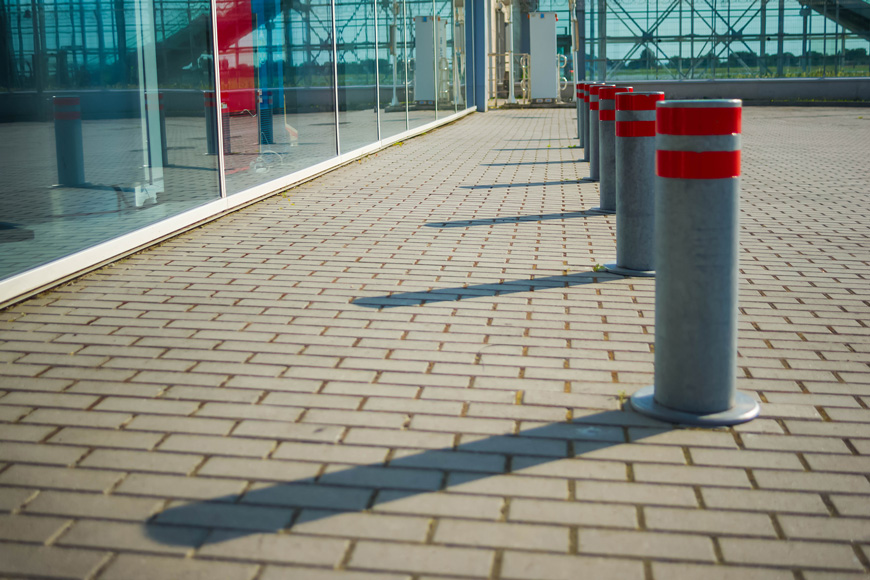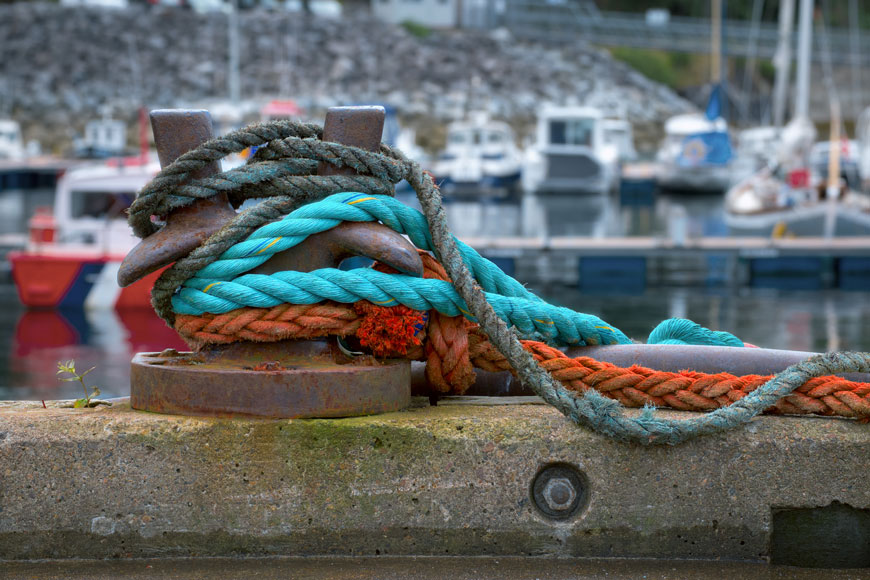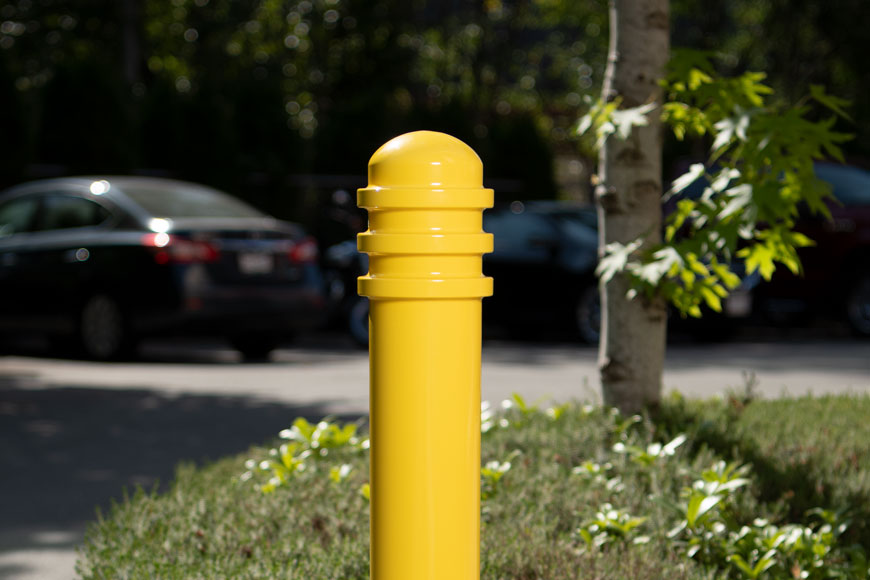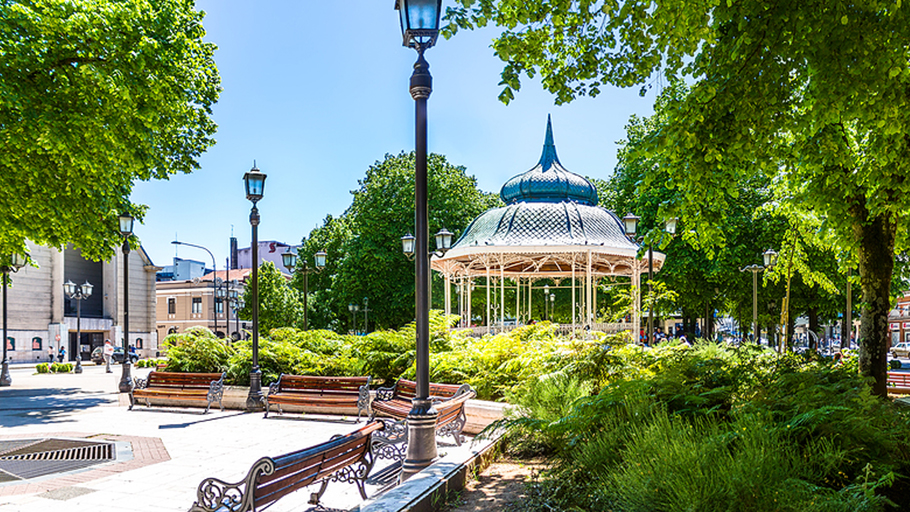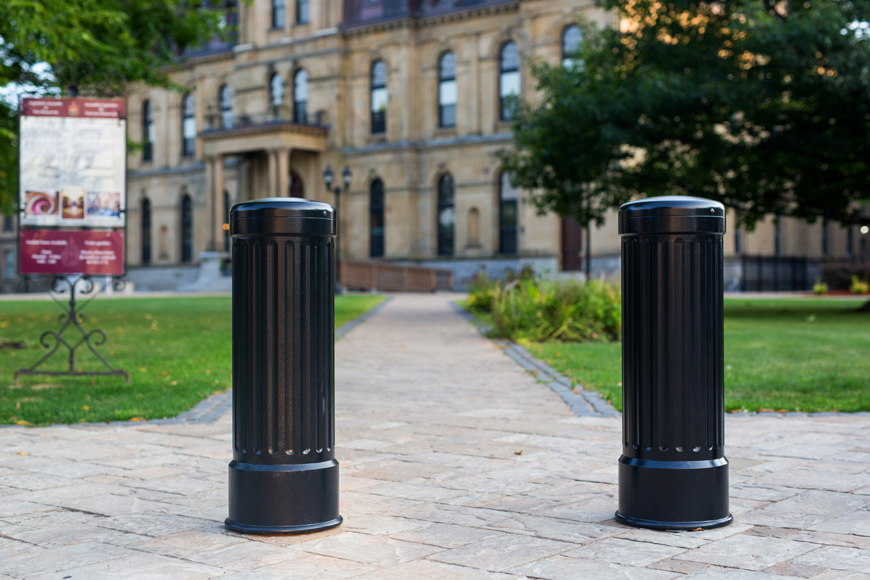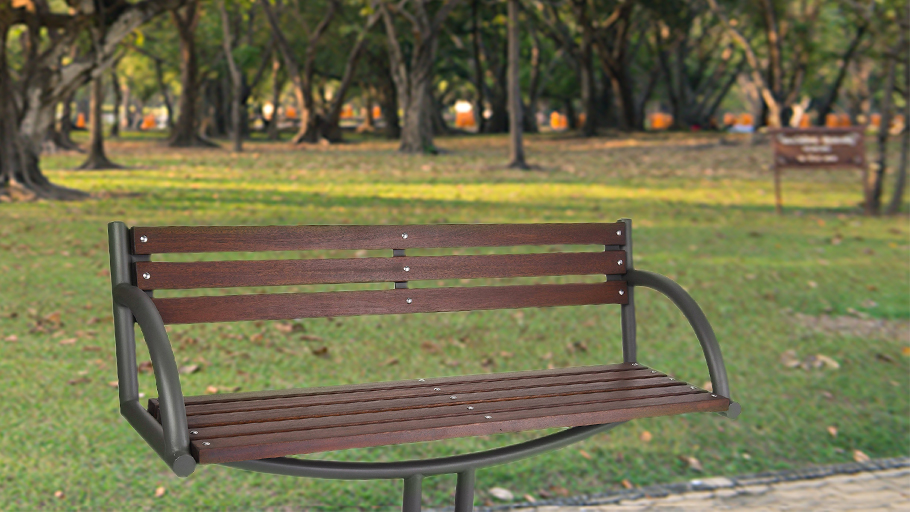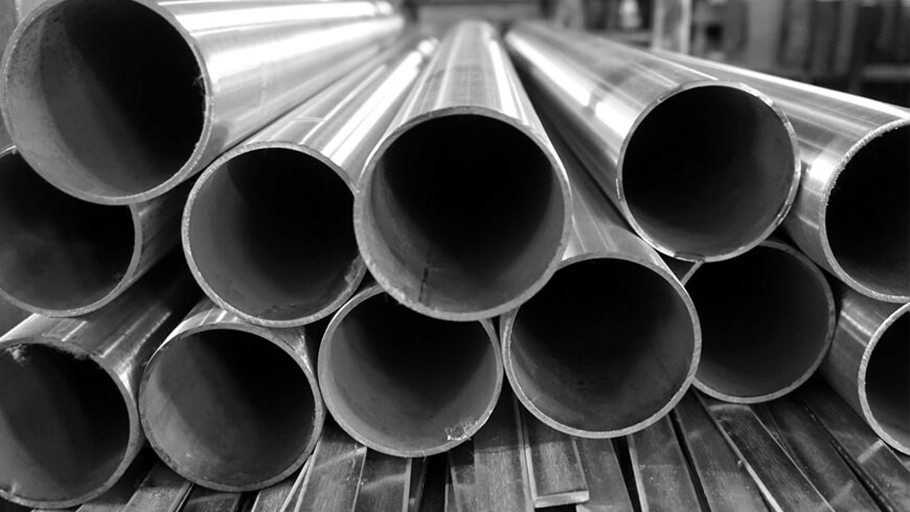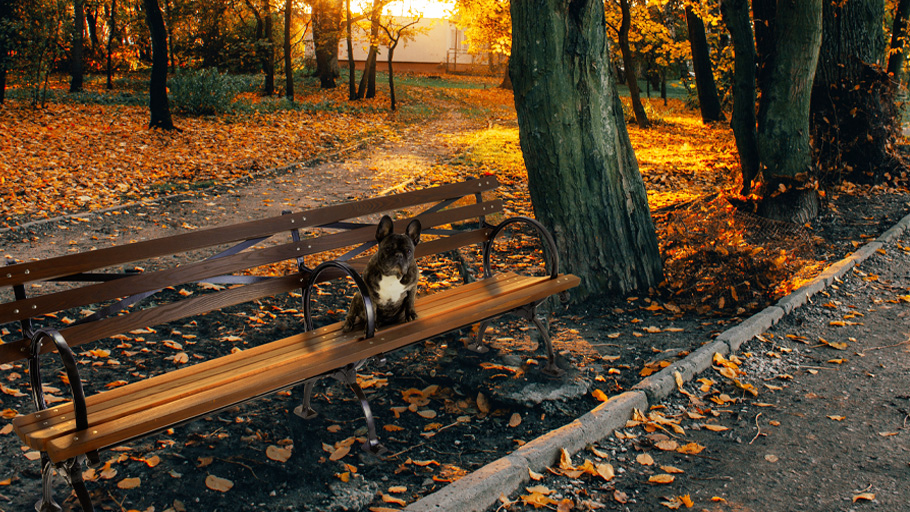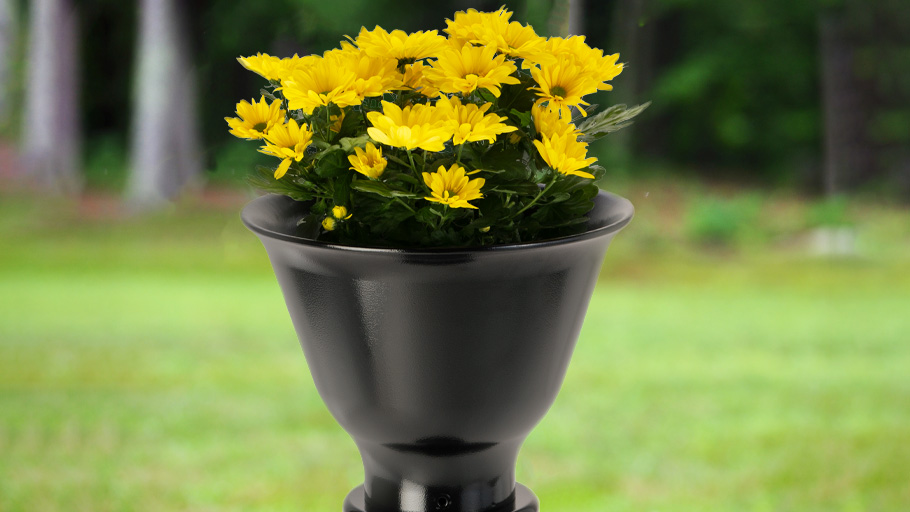Protect your bollard in style with a simple-yet-effective accessory.
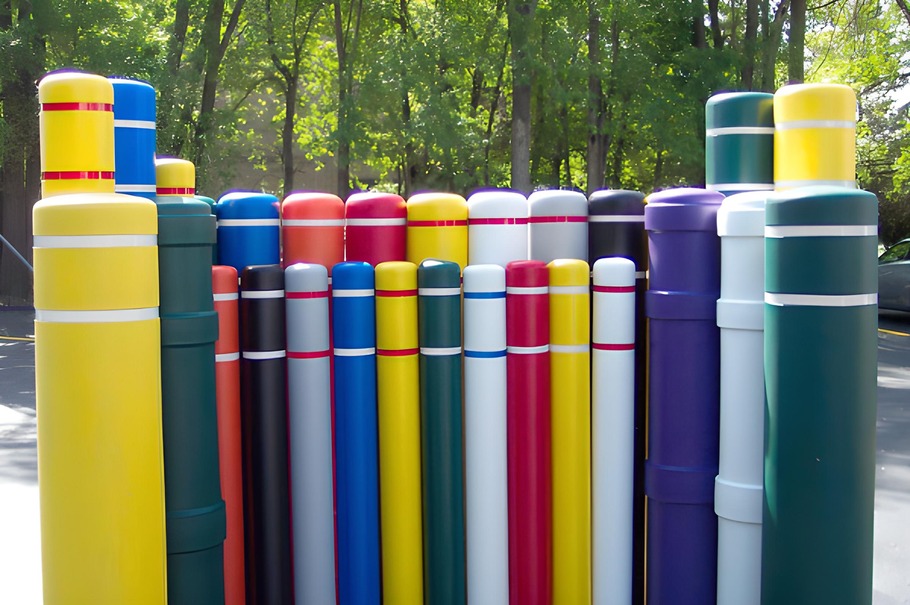
Steel pipe bollards provide an efficient way to define pedestrian areas or protect assets from vehicular intrusion. However, they suffer from high susceptibility to corrosion, and often do not compliment the surrounding landscape. Plastic bollard covers, or sleeves, offer a low-cost alternative to regular painting that requires little upkeep compared to the maintenance of uncovered bollard pipes.
Featuring high visibility due to the use of bright colors, plastic bollard guards are ideal for identifying onsite hazards and guiding drivers through sensitive areas, including but not limited to:
- Pedestrian areas
- Drive-through restaurants
- Toll booths
- Bike lanes
- Building perimeters
- Traffic junctions
- Gas meters
In addition, retail storefronts can use plastic bollard sleeves in combination with security posts to prevent vehicle intrusion and smash-and-grab robberies. Click here for more information on steel pipe bollards and their security benefits.
The benefits of plastic
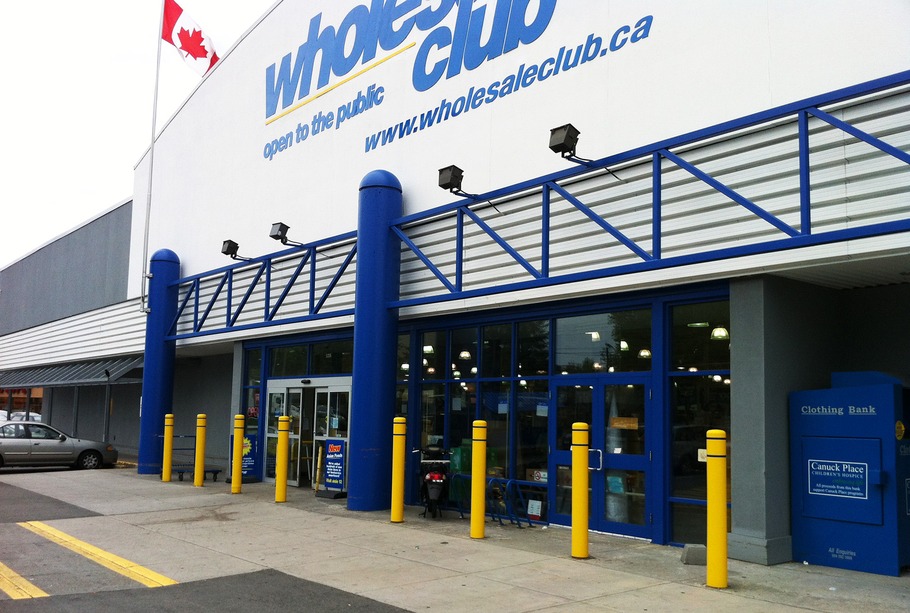
Plastic bollard covers are composed of a plastic called high-density polyethylene (HDPE), a thermoplastic polymer renowned for its outstanding tensile strength and high strength-to-density ratio. This plastic is often used in the production of milk jugs, fuel tanks, piping and more. Made by stringing together ethylene molecules, a high melting point and strong impact-resistance allow HDPE fixtures to stay rigid in most conditions, and the material is naturally corrosion resistant – being impervious to most liquids and common chemicals. Due to its combination of durability and cost-efficiency, HDPE is often used to replace heavier materials, and being easily recyclable, it is an environmentally responsible alternative to common materials.
For steel pipe bollards, a plastic cover is an effective way to protect your bollard and add years to its lifespan. Not only does it prevent corrosion of the bollard itself, but HDPE covers are resistant to extreme temperatures and will not fade in any weather. Further, HDPE has a strong resistance to solvents found in many sidewalk deicers, making plastic sleeves a good choice for pedestrian areas.
Simple installation
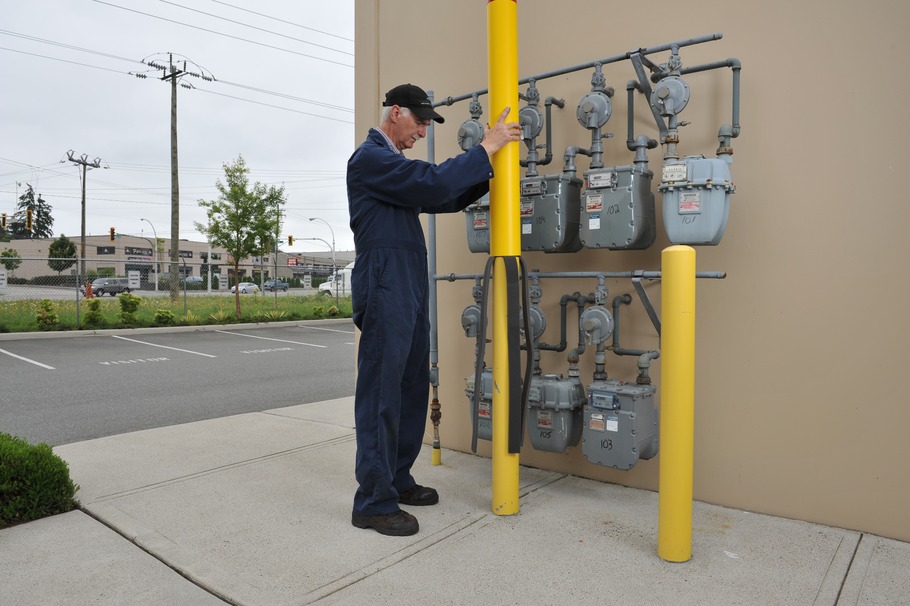
Another benefit to using plastic bollard covers is the ease of use. After installation of a steel pipe bollard, compressed foam installation strips are laid crossed on top of the steel pipe and the sleeve is placed snugly on top. The entire process can be completed in a matter of minutes, making it both a time and cost-efficient way to preserve your bollard’s integrity.
Visibility and color selection
Because of the wide variation in color available, your choice of plastic bollard guard will likely reflect its intended purpose. Yellow is often selected for parking and protective bollards due to its extremely high visibility, whereas green covers may be placed next to shrubbery to appear blended into the environment. Similarly, if your brand has identifiable colors, having bollards that match in color may help consumers associate your brand to those colors while simultaneously helping your business stand out in your neighborhood.
In addition to their bright colors, many plastic post covers include ribbing with an inlaid reflective tape stripe, making the bollards more visible by reflecting beams from vehicle lights back at drivers.
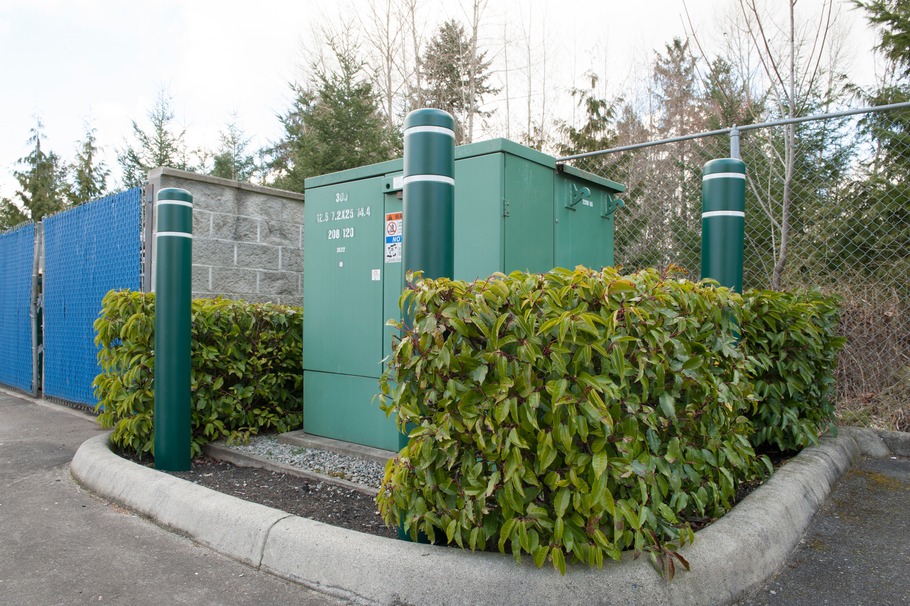
Parking lot security
It’s estimated that approximately 1 of 5 vehicular accidents occur in parking lots or garages. In the United States alone, this accounts for over 50,000 crashes and 500 or more deaths every year. A study by the National Security Council found that 66% of drivers in the USA are likely to partake in distracting activities while in a parking lot, including but not limited to taking phone calls, texting, and personal grooming.
Although it is hard to combat distracted driving, the use of clear visual indicators alongside physical barriers in parking lots and garages helps to prevent potential accidents. Bollards provide clear, impassable barriers for vehicles while allowing pedestrians to flow throughout, and bright plastic covers ensure that barriers are visible to drivers even during moments of distraction. Additional bollards may be used to guard security gates, machinery, and other furnishings that require additional protection.
Cutting the bollard to size
Unlike their cast iron or stainless steel counterparts, plastic bollard covers offer incredible versatility by allowing for easy modification of the sleeve. If the dimensions are known before shipping, the bollards are cut down in-factory with the use of a precision cutting tool. For this purpose, table saws or hand-held circular saws are used to achieve an effortless, precise cut. However, if the cover is found to be too large while on location, contractors can easily use a utility knife or hand saw to trim the bollard’s length and simply sand away any rough edges.
For an easy way to ensure a consistent look throughout your landscape, find the pipe bollard that stands tallest and cut all of your covers to match that height.
Finding the right fit
To best fit your requirements, plastic bollard covers are available in a wide variety of shapes and sizes. Offered in both round and square shapes, the sleeves can be anywhere up to 72 inches tall and 11-5/8 inches in diameter. To increase visibility, covers may stand several inches higher than the security post they cover – but should be cut no less than one inch taller. If necessary, covers can be cut to fit sloped grades, and may be trimmed to custom specifications prior to shipping upon request.
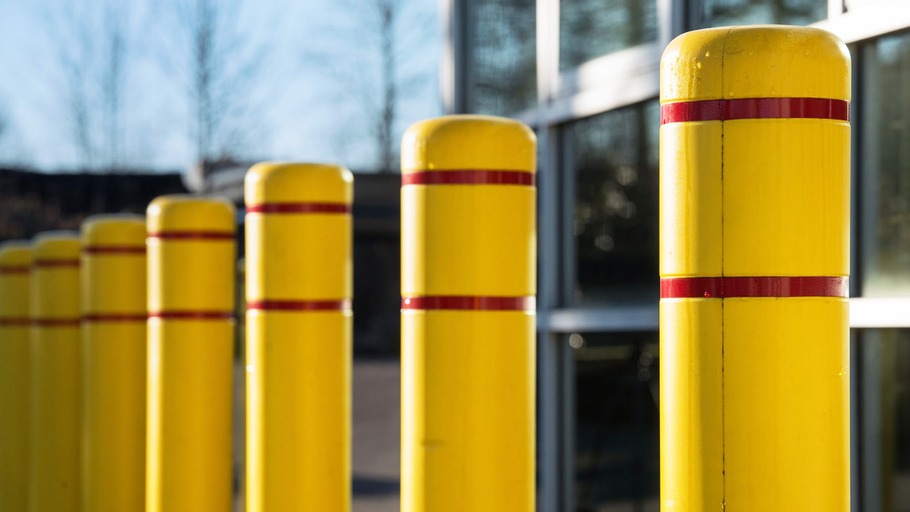
Compared to alternative options, plastic bollard guards alongside steel pipe security bollards are an excellent choice for asset protection due to their cost-efficiency and value delivery. Whether designated for new installations or set to protect existing pipe, plastic covers provide a valuable aesthetic lift and allow for the enhancement of brand identity while protecting steel pipe from the dangers of corrosion and weather damage. To see the range of plastic bollard covers we offer at Reliance Foundry, click here.


